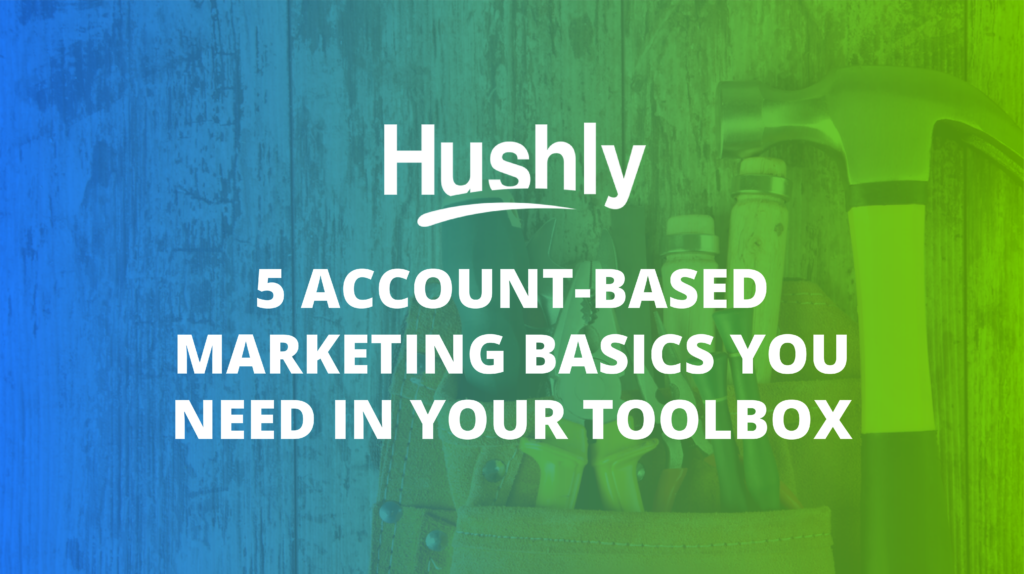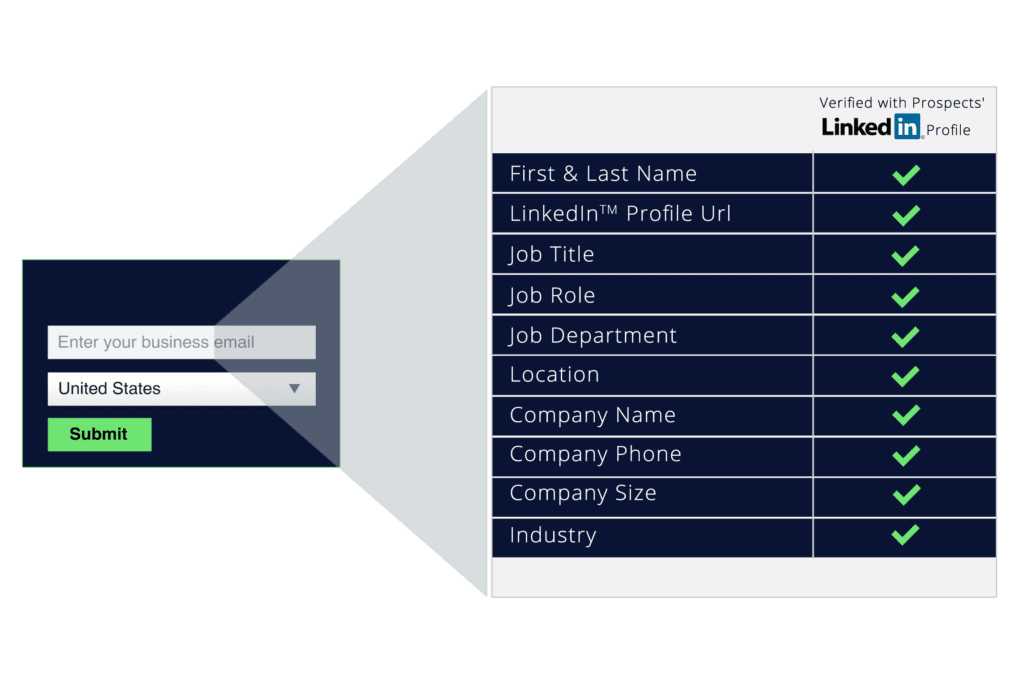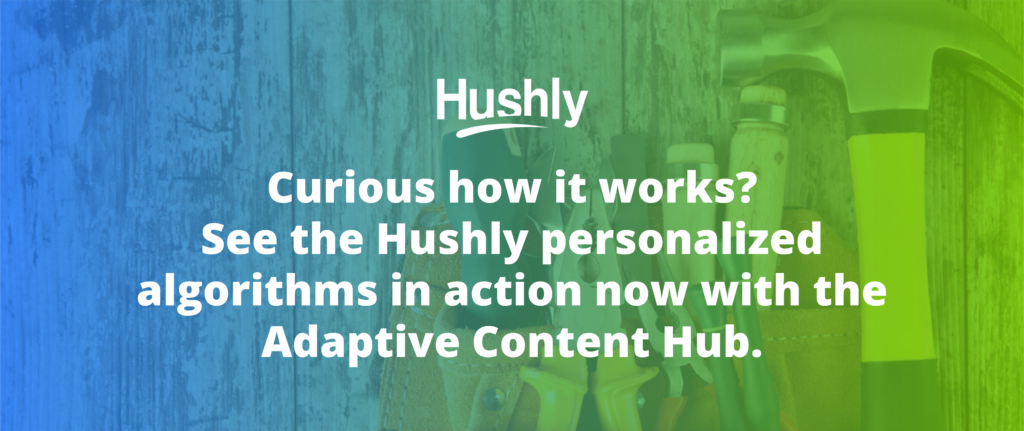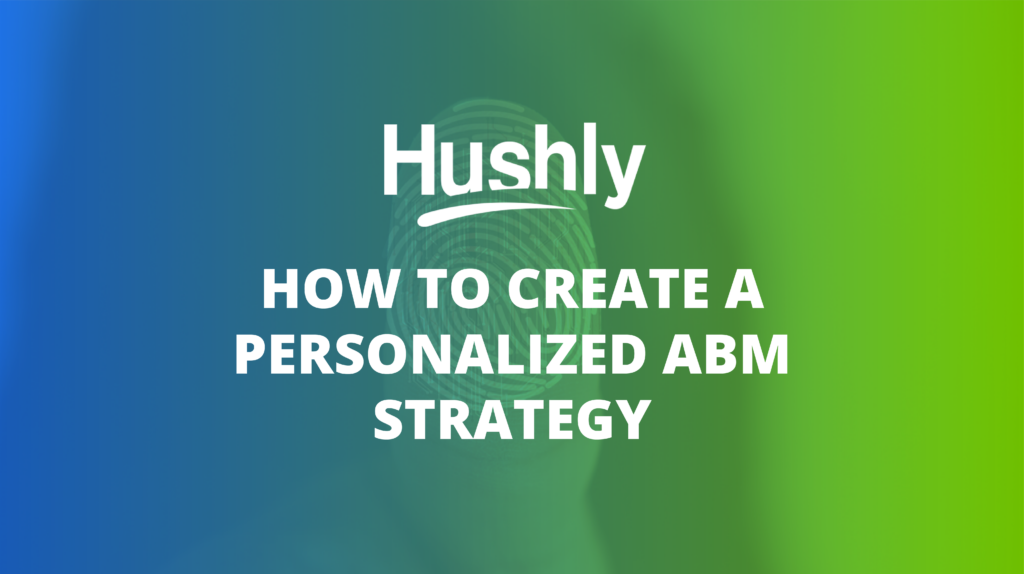Filters
Content Type
Topic
5 Account-Based Marketing Basics You Need in Your Toolbox

Is there anything trendier right now than account-based marketing?
Over the past five years, innovative technology has allowed B2Bs to hone their marketing strategies with personalized content.
Account-based marketing as a concept isn’t new. However, it’s much easier for smaller companies to create ABM strategies these days which has led to a rise.
Let’s go over the account-based marketing basics so you can understand how it works and how to get it right with the best tools.

Account-Based Marketing Basics: What is ABM and How Does It Work?
Account-based marketing involves marketing to specific high-value companies and their team members, as opposed to a broader business audience or segments. A marketing team identifies key companies or stakeholders as prospects and creates unique content to target them.
The goal is to convert each high-value account into a lead and eventually win their business. It’s as close to one-on-one marketing as you can get.
As you can imagine, the risks are much higher in ABM. You’re investing a considerable chunk of time, money, and resources to win the hearts and minds of specific people. If something goes wrong, your entire strategy goes bust.
However, the rewards are also much higher!
97% of businesses with an ABM strategy in place say it boasts a much higher ROI than other marketing strategies. That’s why more businesses decide to implement an ABM strategy every year.
Your Brief Account-Based Marketing Guide: 5 Tools and Tips
Like any content strategy, you must understand the account-based marketing basics of who to target and how to target them. Use this account-based marketing guide to get started.
1. Find Strategic Accounts to Target
First, you’ll need to figure out which accounts to target.
You could start by looking at your current customer data to see if there are any opportunities to expand relationships and build higher revenue from specific companies.
Next, you could tap into some qualitative and quantitative market research to look for gaps your business could fill for companies. Are high-value companies missing certain tools you offer? Do you offer specific services or features your competitors can’t match?
This research stage is vital because you’ll be devoting plenty of money and resources into creating content for specific companies, so you want to do your best to ensure a return.
You don’t have to go big or go home. You could start with an ABM strategy for one company and expand to different accounts once you hone your tactics.
2. Create Highly Relevant and Personalized Content
Content is key to winning ABM. Put yourself in the shoes of the companies you’re targeting.
What problems do they face daily? Which team members should you create content for? What types of content – podcasts, videos, blogs, eBooks – should you create?
Again, research is vital here.
According to LinkedIn, 64% of B2Bs listen to podcasts during the buying process, 49% enjoy video, and 76% like infographics. Quality and relevancy are critical. Generic content won’t cut it.
63% of senior-level execs say the content they consume online is too generic so it’s worth investing in authoritative expert-level content.
3. Implement Site-Wide Personalization to Distribute the Content
ABM, by nature, demands personalization.
Keep in mind that between six and seven team members are involved in any given purchase decision. Not to mention, the buyer’s journey isn’t linear and needs shift as buyers research their options.
How can you deliver the perfect piece of content to them at the right time?
AI is the answer. Algorithms with machine learning capabilities use the behavior for each web visitor and compare it to previous visitors. These algorithms combine your on-site behavioral data with third-party intent data to offer hyper-personalized experiences for every visitor – whether known or anonymous.
When a visitor reads one piece of content, the algorithm pays close attention to the copy and how long they stayed on the page. Using this behavioral data, the algorithms compare the visitor to similar past visitors and offer personalized content recommendations in an endless stream – just like Amazon or Netflix.
Amazon says about 35% of its revenue comes from content-based recommendations. You can also take advantage of this technology on your B2B website.
4. Set up Automated Email Campaigns
Email is one of the easiest areas to personalize and automate yet it delivers awesome returns.
Set up unique email campaigns for each account you want to target. Don’t stop at one campaign either: Get an entire series ready to go.
- Welcome
- Onboarding
- Case studies and testimonials
- Multimedia
- Events
When a lead provides their business email address, you can use AI to cross-reference it with publicly available data on LinkedIn and other sources. Using this data, you can figure out:
- Which company they work for
- Their role at said company
- How long they’ve worked there
Don’t take this data for granted! Use it to personalize your email experience for everyone. For account-based marketing basics, it’s invaluable.

Source: Hushly
5. Retarget on Social Media with Personalized Ads
Would a 2020 marketing strategy be complete without personalized social media ads?
LinkedIn and Facebook make it super easy to target specific accounts and team members on their platforms with personalized content.
With LinkedIn, you can plug a specific URL into the ad creator and ask LinkedIn to target people using the platform who visited that page.
See why personalized ABM blog content is vital? Once you have some visitors to ABM content on your site, you can easily retarget them on LinkedIn.
Don’t be creepy about it. Take the content they read on your site into consideration and use it to build on the conversation. What would you say next to keep the conversation flowing?
Implement AI and Watch Your Leads Skyrocket
Hushly AI has the tools you need to implement a site-wide personalized ABM strategy. Instead of sifting through massive data sets and drawing out key insights, you can offer each visitor a personalized experience with the power of AI and machine learning.
The post 5 Account-Based Marketing Basics You Need in Your Toolbox appeared first on Hushly.



